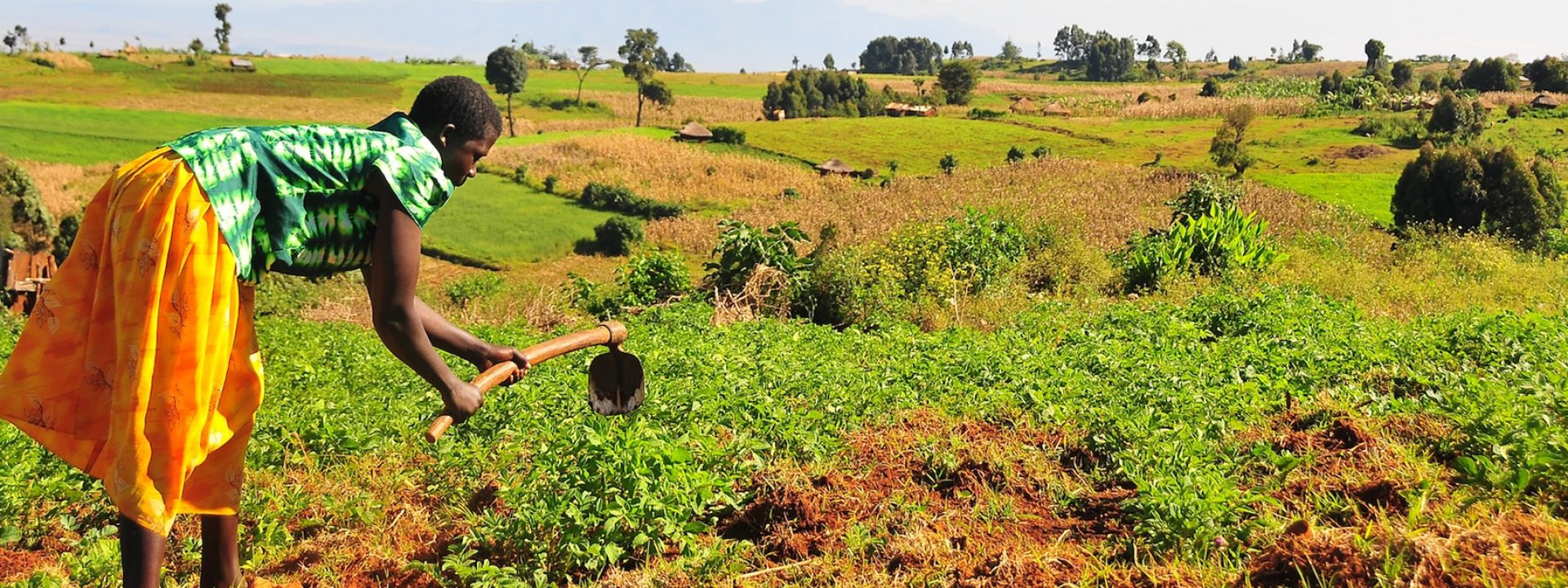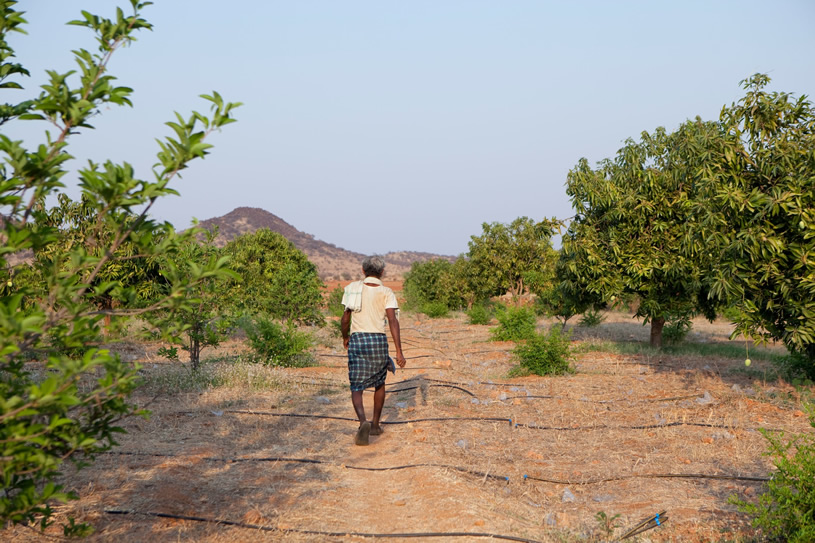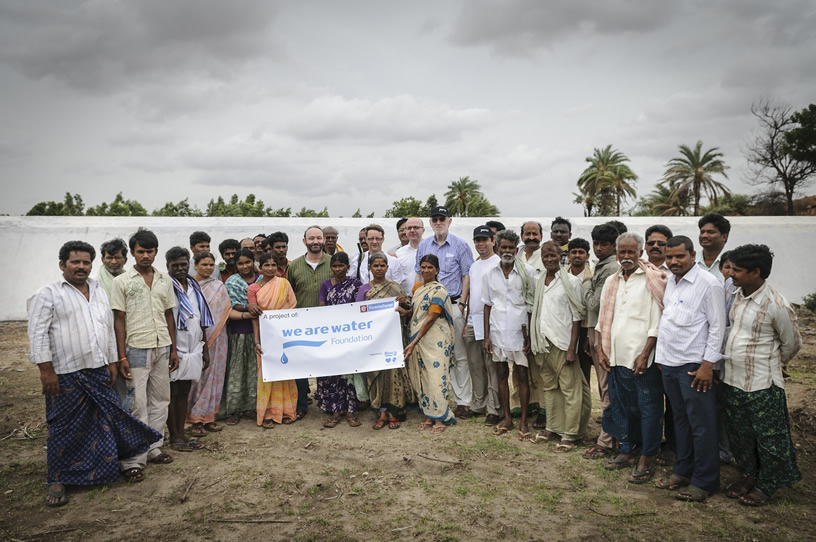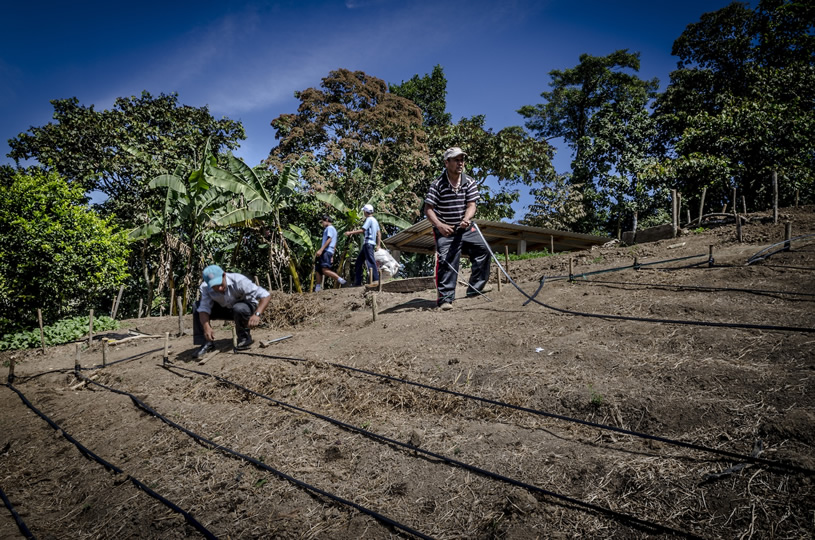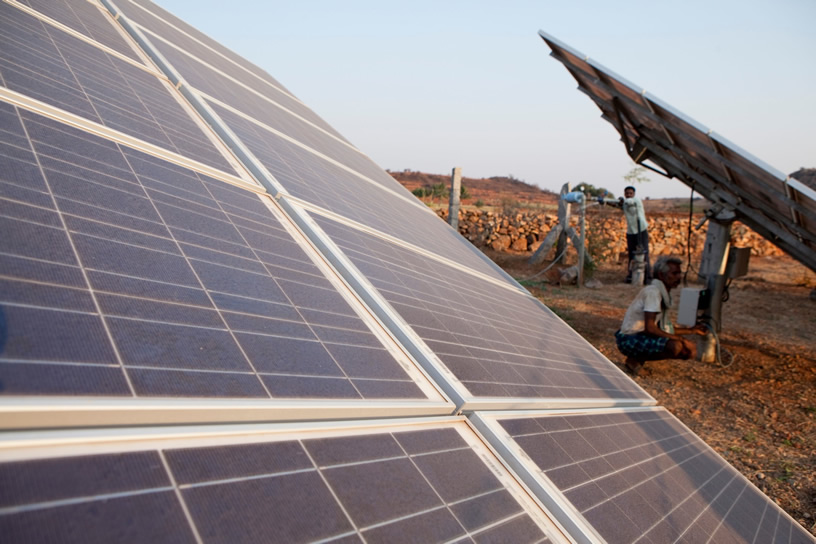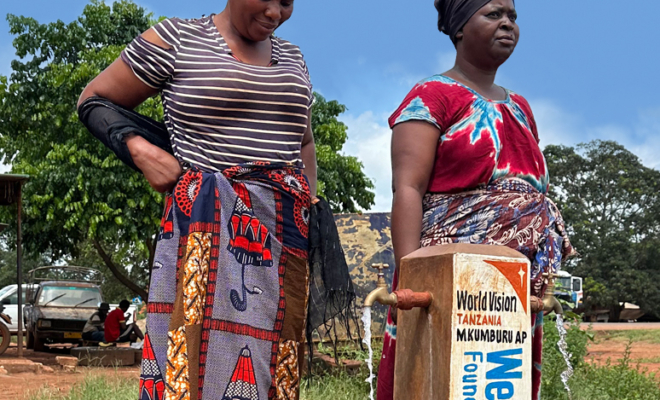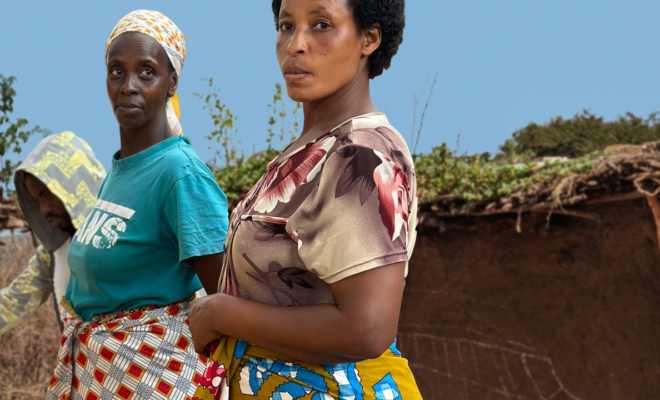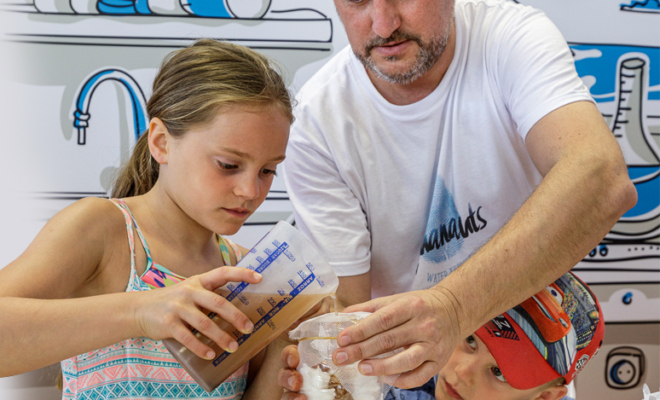El problema de la alimentación mundial es complejo. Este vídeo de Carlos Mario Gómez (@camagogo), profesor titular de Fundamentos del Análisis Económico y Economía Ambiental en la Universidad de Alcaláe investigador de IMDEA Agua en la UE, lo resume y nos sitúa ante el reto inevitable que tenemos para afrontar el futuro:
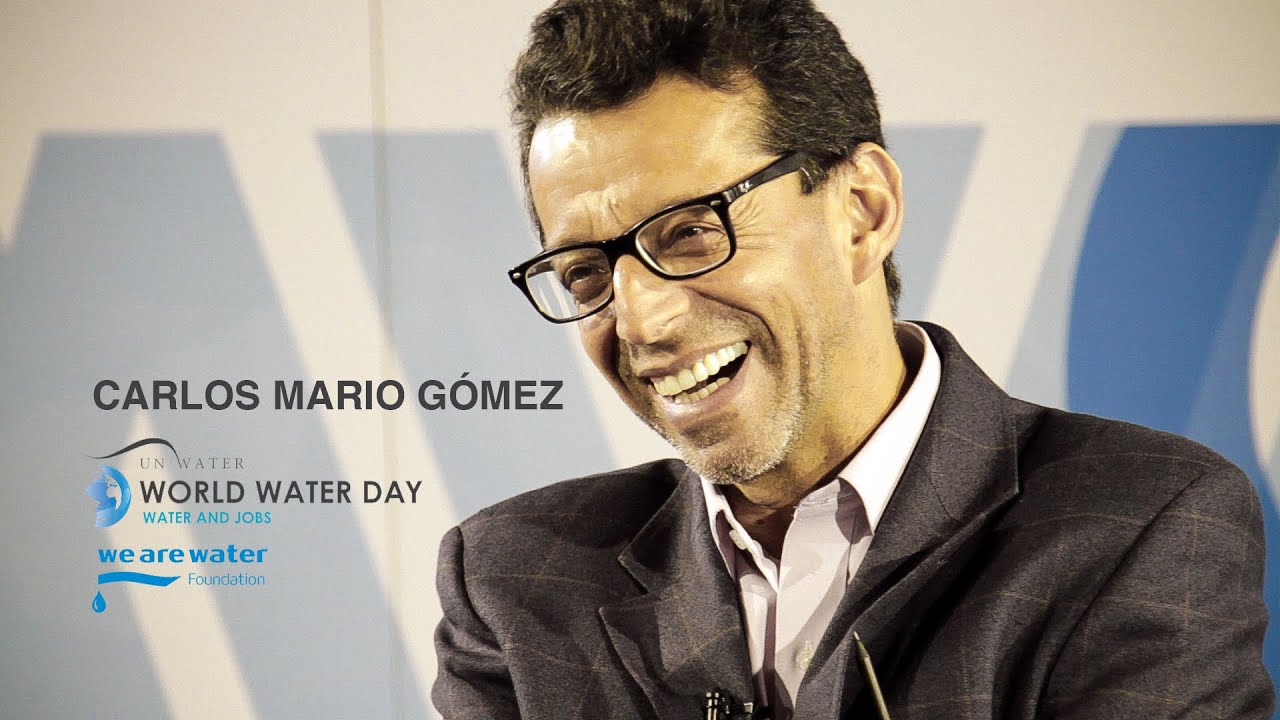
There are 7 billion mouths to feed and in 2050 there will be 9 billion. Will there be enough for everyone? This depends on the use we make of water, as the production of daily food for one individual consumes around 2,000 and 5,000 litres of our most valuable asset on Earth. Every day, agriculture and stockbreeding, which occupy nearly 11% of the surface of the Earth, produce 23.7 million tonnes of food. Quantitatively these figures are deceptive: they would be enough to ensure the feeding of the world´s population, but the WHO (World Health Organization) denounces that nearly 800 million people suffer undernourishment.
The distribution is not equitable and there are several causes, but the most important one would be that large farming areas are becoming less productive. The lack of water and the increasing droughts, along with monoculture and the lack of training and technological resources, threaten millions of small farmers and stockbreeders who until now have been the foundation of food security in the poorest areas of the planet. The FAO (Food and Agriculture Organization of the United Nations) points out that 500 million small farms provide 80% of the food consumed in the developing world.
The surplus of the most productive areas does not reach those who have less, and it is not ethical to have, according to the WHO, 2 billion overweight and obese people in a world where there is plenty of food. Those of us who overfeed ourselves are those who waste a third of the produced food (around 1.3 billion tonnes every year). It is a waste of working hours, of arable land (1.4 million hectares of farmed land in vain), of fertilizers, of energy (3.3 million tonnes of CO2 equivalent) and, above all, of water: the food that is thrown away has needed more than 250 km3 of water; a volume that amounts to three times the volume of water of all the rivers in the Iberian Peninsula in one year. This is certainly not sustainable.
Agriculture, the main consumer of water
In 2013, the FAO estimated that 37.7 % of the surface of the Earth was destined to agriculture, and that 70% of these areas were irrigated land. It is estimated that nowadays, the amount of water needed for this purpose ranges between 2,000 and 2,600 km³per year.The water to irrigate is obtained from the freshwater resources (aquifers, rivers and lakes). These charts show the destination and evolution in time of extracted water on Earth during the last century:
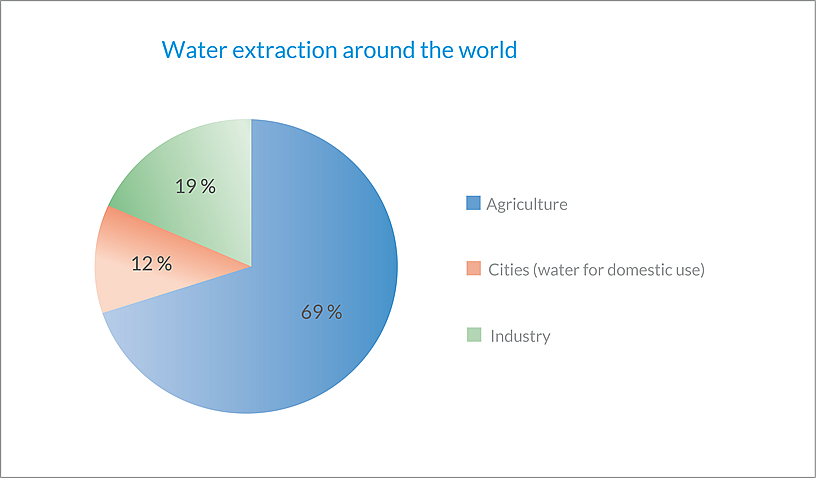
69 % of the extractions of freshwater around the world are destined to agriculture and stockbreeding. Water destined to private consumption (cities) represents 12% and the one destined to industry 20%. Source: FAO (AQUASTAT). Chart: Cris Barredo / Latitud 42 / We Are Water Foundation
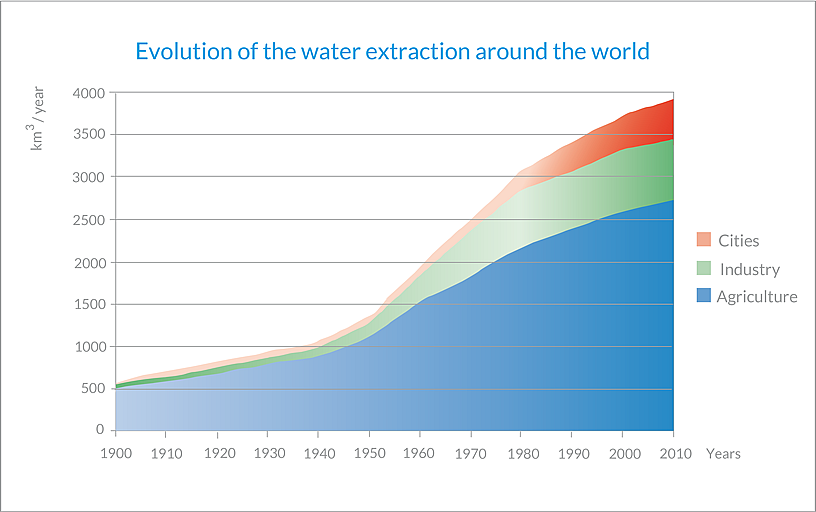
Evolution in time of the volume of extracted water for human activity, from 1900 to the year 2000. Source: FAO (AQUASTAT) Chart: Cris Barredo / Latitud 42 / We Are Water Foundation
On the other hand, water from aquifers is over-exploited: every year we extract 160 billion m3 more of ground water that will not be replaced by rain, without taking into account that fertilizers and residues from stockbreeding are the main sources of pollution of groundwater. The amount of water consumed to produce a harvest is enormous: between one and three m3 are need to harvest one kilo of rice and 1,000 tonnes to produce one tonne of grain. But the production of meat requires much more water: to obtain one kilo of beef 15,000 litres are required. It becomes evident that in order to advance towards sustainability we need to revise the balance between meat based and vegetarian diets. For this reason it is advisable to be aware of the water footprint of food using the application We Eat Water.
Solutions: small farmers are the key
The second Sustainable Development Goal (SDG) is “End hunger, achieve food security and improved nutrition and promote sustainable agriculture”. The roadmap to achieve this focuses on three points:
- To produce more food with less water. For this reason we need to improve the farming methods and above all, the irrigation methods.
- To create resilience in the farming communities to be able to face floods and droughts. To invest in small farmers is the most effective way to increase the food security and nutrition of the poorest. To diversify their crops and to train them to face the climate and meteorological uncertainty is essential.
- To apply technologies to obtain fresh water that protect the environment. Agriculture pollutes and the extraction of water and irrigation require energy, for this reason it is necessary to recover the traditional farming methods and renewable energy systems. Fuel poverty is linked to the lack of access to water. We need to take into account that 1.4 million people do not have access to electricity and this is one of the main obstacles for the reduction of hunger.
The projects developed by the We Are Water Foundation are a good example of how to put these principles to practice. The implementation of drip irrigation methods is one of them. This consists of watering the plant drop by drop near the root, thus reducing the loss of water by filtration and evaporation. In this way, the farmers of the semi-desert Indian state of Andhra Pradesh save up to 75% of water, which they can use to irrigate new arable lands. This system allows the dissolving of fertilizers in water obtaining greater effectiveness. Take a look at the projectDevelopment of horticulture through drip irrigation systems in India.
The building of small dams is a very effective method to develop the resilience of small farmers to face droughts and floods. Thanks to this, farmers and stockbreeders in semi-desert areas are able to have, in the driest seasons, rainwater collected during the humid season. These dams control violent floods and help to recover the aquifers, while at the same time allowing reforestation and the hindrance of the perverse erosion cycle. In the project Building of a dam in Ganjikunta, India you will be able to see that, thanks to the collection and storage of rainwater, farmers are able to face the variability of monsoons.
Farmers in the provinces of Loja, Zamora Chinchipe and El Oro in Ecuador also have difficulties in obtaining water in the dry season due to the lack of infrastructures for its storage and distribution while, in their rain forest, the excess of water turns erosion into a threat due to deforestation. You may take a look at how the project Irrigation infrastructure and agro-ecological training in Ecuador helps to increase and diversify their production and the sustainability of the ecosystems by means of the agro-ecological training and the improvement of the irrigation infrastructures.
The project Installation of new solar-powered irrigation systems in Andhra Pradesh, India has a direct impact on the energy shortage as it applies solar-powered pumping systems for drip irrigation. The photovoltaic plates allow small farmers to benefit from living in the so called sun belt of the Earth and to obtain electricity in a clean and sustainable way.
Step by step, by means of the application of these methods we need to start building a new water culture that allows us to meet the challenge we are facing. If we end the thirst of the earth, we will all eat.


